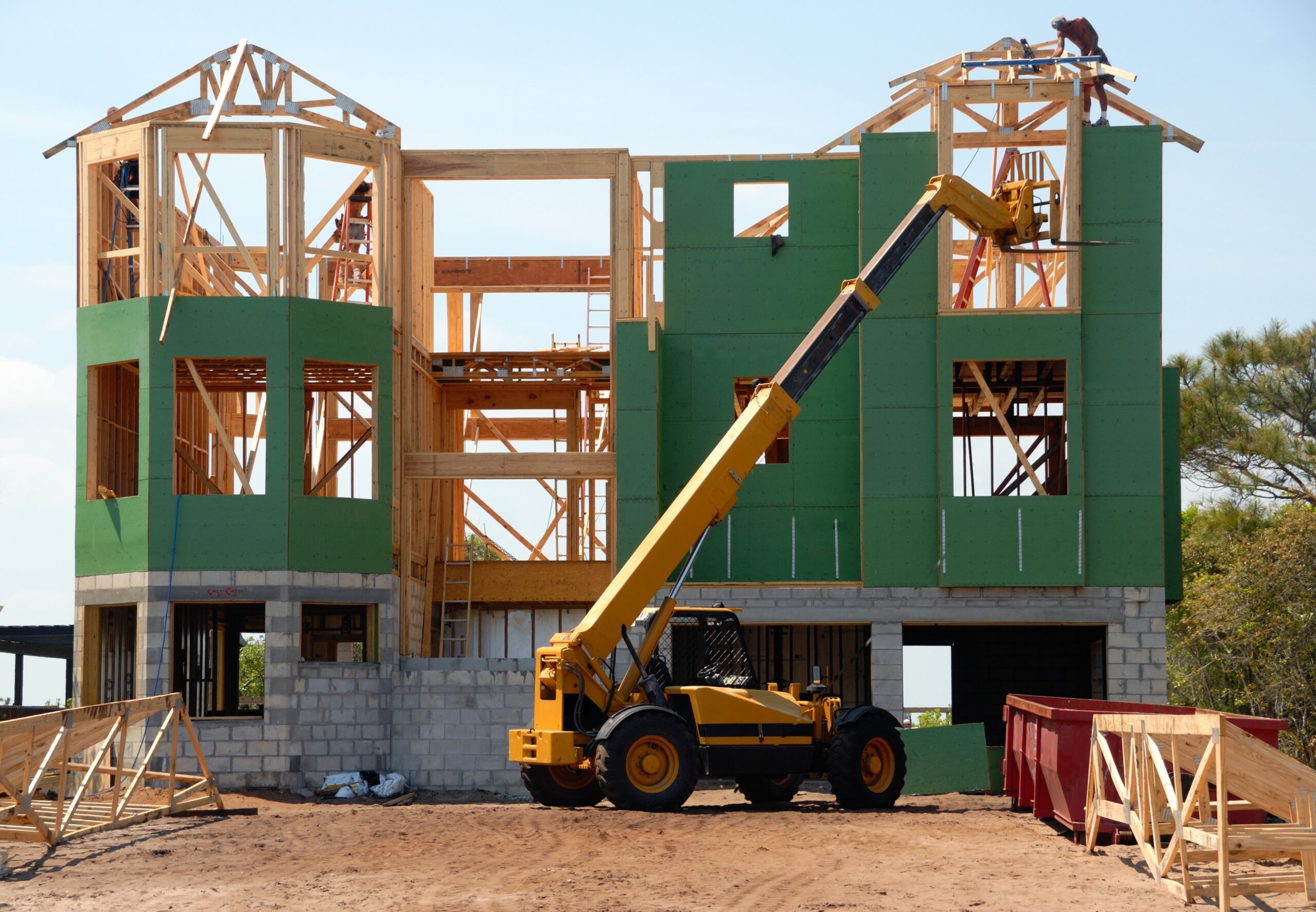Canada’s building construction sector experienced a significant boost in June 2024, with total investment reaching $21.4 billion, marking a 2.8% increase from May’s figures, according to the latest data released by Statistics Canada. This rise builds on a modest 0.8% gain observed in May, underscoring the ongoing strength and resilience of the construction industry across the nation.
The driving force behind this increase was the residential construction sector, which surged by 3.8% to $15.0 billion. This marks a continuation of the upward trend in housing investment, which has been bolstered by a strong demand for multi-unit buildings, particularly in major provinces like Quebec and Ontario. The non-residential sector also saw a slight uptick, with a 0.4% increase bringing total investment to $6.4 billion.
The key data from the June 2024 building construction investment report
| Category | June 2024 Value (in billions) | Monthly Change | Year-over-Year Change |
|---|---|---|---|
| Total Investment in Building Construction | $21.4 | +2.8% | +10.0% |
| Residential Construction | $15.0 | +3.8% | – |
| Multi-Unit Construction | $8.1 | +6.0% | – |
| Single-Family Home Construction | $6.9 | +1.4% | – |
| Non-Residential Construction | $6.4 | +0.4% | – |
| Commercial Construction | $3.2 | +0.9% | – |
| Second Quarter Total Investment | $62.8 | +0.4% | +7.2% |
| Second Quarter Residential Construction | $43.7 | +0.4% | – |
| Second Quarter Non-Residential Construction | $19.1 | +0.3% | – |
Residential construction investment showed robust growth in June, with a notable 3.8% increase, amounting to $15.0 billion. This rise was driven primarily by a surge in multi-unit construction, which grew by 6.0% to reach $8.1 billion. Quebec was the standout performer, contributing an additional $265.0 million, bringing the province’s total residential construction investment to $3.3 billion. Ontario followed closely with a $73.2 million increase, resulting in a total of $5.6 billion for the province.
The growth in multi-unit construction reflects the ongoing trend of urban densification and the rising demand for apartment complexes and condominiums in Canada’s largest cities. In contrast, single-family home investment saw a modest increase of 1.4%, reversing two months of decline. Despite this growth, single-family homes accounted for $6.9 billion of the total residential investment, indicating a continued but tempered demand for traditional housing.
While most provinces and territories recorded gains in residential construction, Nova Scotia was an outlier, posting a slight decrease of $1.2 million, bringing its total to $468.0 million. This contrasts with other regions, such as Manitoba, where residential investment rose by $47.8 million to $0.5 billion.
Quebec and Ontario were the primary drivers of the national increase in multi-unit construction, with Quebec’s $247.6 million and Ontario’s $134.7 million contributions underscoring the strong demand in these provinces. British Columbia and Manitoba also saw increases, contributing to the overall growth in the sector.
Investment in non-residential construction saw a modest increase of 0.4% in June, totaling $6.4 billion. The commercial component was the main contributor to this growth, rising by $27.2 million to $3.2 billion. In contrast, the industrial and institutional components remained relatively stable, with no significant changes reported.
Looking at the second quarter of 2024 as a whole, investment in building construction reached $62.8 billion, representing a 0.4% increase from the previous quarter. This marks the fourth consecutive quarter of growth, indicating a sustained recovery in the sector following the economic disruptions caused by the COVID-19 pandemic.
Year-over-year, building construction investment grew by 7.2% in the second quarter, reflecting a strong rebound in both the residential and non-residential sectors. Residential investment increased slightly by 0.4% to $43.7 billion, with gains in multi-unit construction (+5.1%; +$1.1 billion) offsetting declines in single-family home investment (-4.3%; -$923.1 million). Non-residential investment also edged up by 0.3% to $19.1 billion, continuing its streak of quarterly gains for the 14th consecutive quarter.
The institutional component of non-residential construction saw a 1.9% increase to $5.4 billion in the second quarter, driven by investments in healthcare facilities, educational institutions, and other public infrastructure projects. However, the industrial component declined by 0.6% to $4.1 billion, while the commercial component saw a slight decrease of 0.2% to $9.6 billion.
The continued growth in building construction investment highlights the resilience of the Canadian construction industry, even as the sector faces challenges such as rising material costs and labour shortages. The strong performance in the residential sector, particularly in multi-unit construction, suggests that demand for housing remains robust, driven by factors such as population growth, urbanization, and a low-interest-rate environment.
However, the modest gains in non-residential construction, particularly in the industrial and commercial components, may indicate a more cautious outlook among investors in these sectors. As Canada continues to navigate economic uncertainties, the construction industry’s performance will likely be closely tied to broader economic trends, including inflation, interest rates, and government infrastructure spending.
As the industry looks ahead, the focus will likely remain on sustaining this momentum and addressing the challenges that could impact future investment levels.

